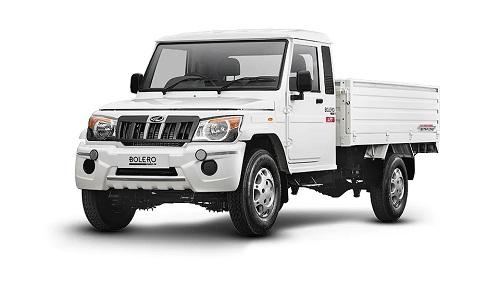Mahindra, an eminent name in the automotive business, offers a wide range of vehicles custom-fitted to meet other transportation needs. Among its setups are the Mahindra Bolero and Supro, each fulfilling various needs and catering to different client inclinations. Let's make a detailed comparison to help you understand the distinctions between these two models.
Mahindra Bolero Pickup
The Mahindra Bolero Pickup is sturdy in the business vehicle segment and known for its robust form and dependable performance. Intended to endure extreme landscapes and weighty burdens, it is a preferred choice for organisations and people requiring a strong workhorse. Its open freight bed and impressive towing limit make it ideal for shipping merchandise effectively, whether in metropolitan or provincial settings.
Mahindra Supro
Conversely, the Mahindra Supro is a minimal and flexible utility vehicle that is reasonable for its scope of utilisation. With its coordinated mobility and minimised aspects, the Supro succeeds in exploring thin roads and clogged regions, making it appropriate for metropolitan conveyances and traveller transportation. In spite of its more modest size, the Supro offers more than adequate lodge space and is comfortable with seating, guaranteeing a pleasant riding experience for tenants.
Key Contrasts: Bolero Pickup vs Supro
When comparing the Mahindra Bolero Pickup and the Mahindra Supro, a few variables are the most important factors. First and foremost, while the two vehicles offer utility and usefulness, their size and intended use change altogether. The Bolero Pickup caters essentially to substantial pulling and business purposes, while the Supro targets metropolitan suburbanites and private companies requiring deft transportation arrangements.
Furthermore, the performance abilities and payload limits of the two models contrast, with the Bolero Pickup boasting a more noteworthy towing limit and roughness than the Supro. Nonetheless, the Supro sparkles in terms of eco-friendliness and mobility, making it a financially savvy and viable decision for urban tenants and light-duty applications.
